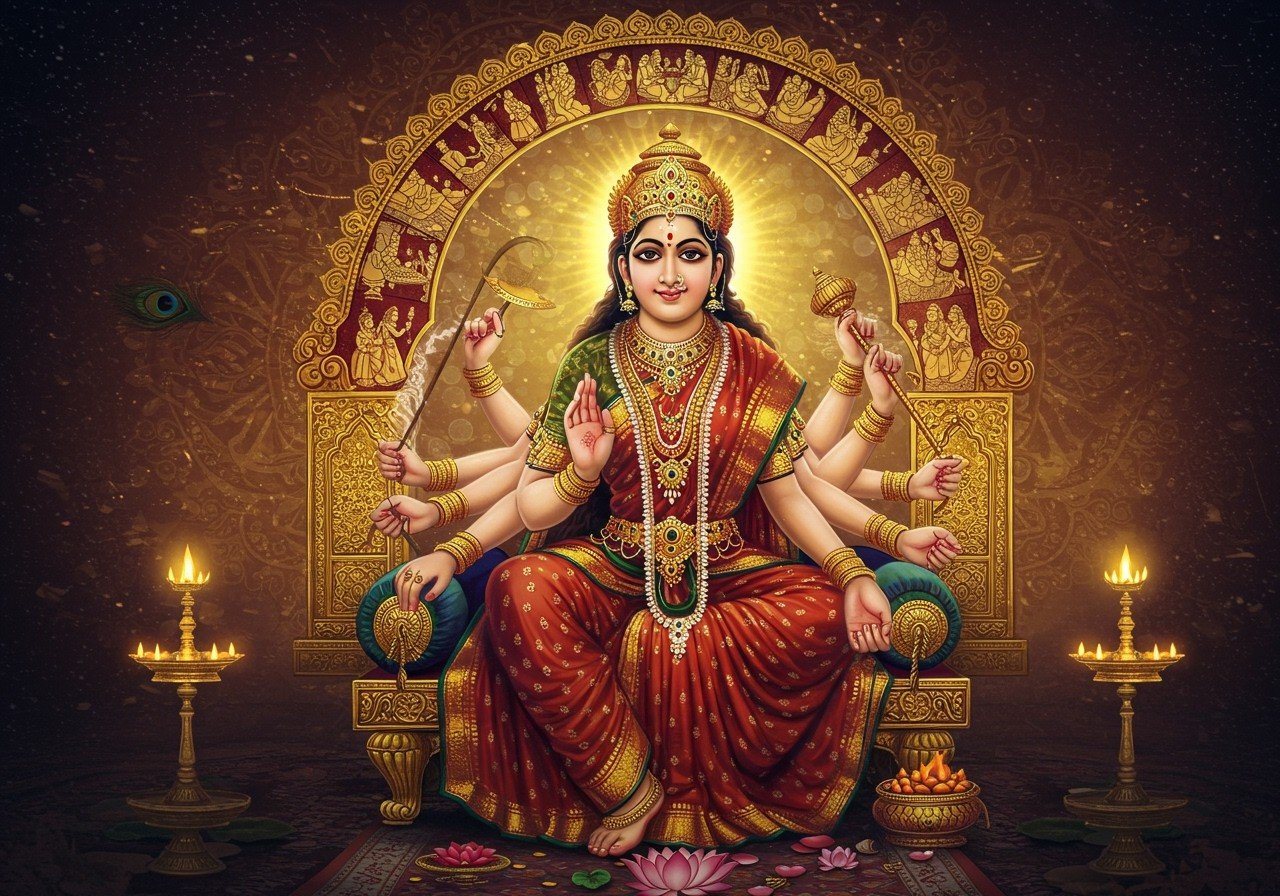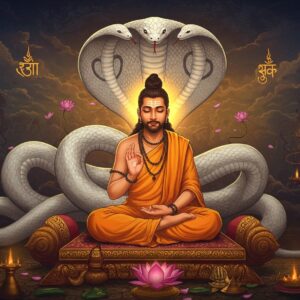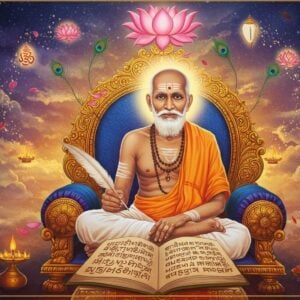Sita: A Symbol of Devotion, Courage, and Resilience in Indian Culture

Sita, also known as Siya, Jānaki, and Maithili, is a revered Hindu goddess and the female protagonist of the Ramayana. She is the consort of Rama, an avatar of Vishnu, and is considered an avatar of Lakshmi, the goddess of wealth and prosperity. Sita is central to the Ramanandi Sampradaya and is revered as the goddess of beauty and devotion.
Her story, a cornerstone of Indian mythology, transcends a simple narrative of love and duty. It offers profound moral insights, guiding and inspiring countless individuals. Sita’s character has been consistently examined by scholars and researchers, with many viewing her as a symbol of strength and resilience. Let’s delve deeper into the various portrayals of Sita throughout history.
Artistic Representations of Sita Through the Ages
Sita’s image has been captured in various art forms, each offering a unique perspective on her divine presence.
- Iconography: Sita is often depicted alongside Rama, typically on his right, with a golden-yellow complexion. She is usually dressed in a traditional sari or ghagra-choli with a veil, adorned with jewelry made of metal, pearls, or flowers. This traditional portrayal emphasizes her divine status and connection to Rama.
- Mithila Art: Originating from Sita’s birthplace, Mithila art vibrantly portrays the marriage ceremony of Sita and Rama. This art form uses intricate patterns and bold colors to capture the cultural significance of this sacred union. It serves as both a historical record and a celebration of their love story. You can find beautiful Mithila art pieces and other sacred items at poojn.in.
- “Sita at Ashokavana”: This 16th-century Indian illustration depicts a poignant moment in the Ramayana. It shows Ravana attempting to persuade Sita to marry him while she is held captive in the Ashokavana. This powerful image highlights Sita’s unwavering resolve and courage in the face of adversity. The artwork serves as a testament to her strength and resilience.
- Modern Depictions: Sita’s story continues to resonate in modern media, appearing in films, television, books, paintings, and sculptures. These contemporary representations often symbolize endurance and courage. They offer fresh perspectives on her character, reflecting evolving societal values and interpretations. Explore authentic ritual items related to Sita at poojn.in to honor her divine presence.
Literary Depictions and Interpretations of Sita
Sita’s character has been explored and reinterpreted throughout literary history, offering diverse perspectives on her personality and significance.
- Ideal Woman: In Hinduism, Sita is revered as a goddess and portrayed as an ideal daughter, wife, and mother. Her actions, reactions, and instincts throughout her life are considered exemplary, providing a model of virtuous conduct for women. This traditional portrayal emphasizes her devotion, purity, and self-sacrifice. Pooja samagri and other items for Sita’s worship can be found on poojn.in.
- Janaki Ramayana: This version of the Ramayana places Sita as the central character. Her life and powers, from birth to enlightenment, are described in detail, emphasizing her importance not just as Rama’s consort but as a powerful figure in her own right. This narrative provides a deeper understanding of Sita’s divine nature.
- Feminist Perspectives: Modern interpretations often explore Sita through a feminist lens. They emphasize her strength, resilience, and agency in challenging patriarchal norms. Some texts, like Chandrabati’s Ramayana, present Sita as the protagonist, giving her a voice to express her feelings and sorrows. This perspective empowers Sita’s character and provides a platform for contemporary discussions on gender roles and societal expectations.
- Differing Ramayana Versions: Different versions of the Ramayana, particularly those written by Theosophists in the late colonial period, offer varying portrayals of Sita. These versions often aimed to educate girls on the idea of the “perfect wife,” reflecting the social norms of the time. Studying these different versions offers valuable insights into the evolution of Sita’s image and the complexities of her character.
- Puppet Theatre: Sita’s enduring popularity extends to Asian literature and theatre. She is a beloved character in puppet shows, shadow theatre, and dance theatre, bringing her story to life for diverse audiences. These art forms offer a unique and accessible way to experience the epic tale of the Ramayana.
Sita’s Enduring Legacy: A Symbol of Strength and Inspiration
Sita’s story is not just a tale from the past; it continues to resonate with people today. Her journey of devotion, courage, and resilience inspires countless individuals to find strength and grace in their own lives. Her character offers profound moral insights, teaching us valuable lessons about duty, love, and self-respect. Whether through art, literature, or performance, Sita’s legacy will continue to endure, reminding us of the timeless values she represents.
Find sacred items to honor Mata Sita at poojn.in. We offer a wide variety of products, including idols, pooja kits, and more. Poojn.in also offers traditional clothing for deity decoration and other items perfect for your spiritual practices.
Explore our range of products related to Sita, Ramayana, and Hindu spirituality: Ramayana Characters and Life Lessons, Ramayana’s Impact on Indian Art and Literature, and Ramayana’s Influence on Hindu Spirituality.


